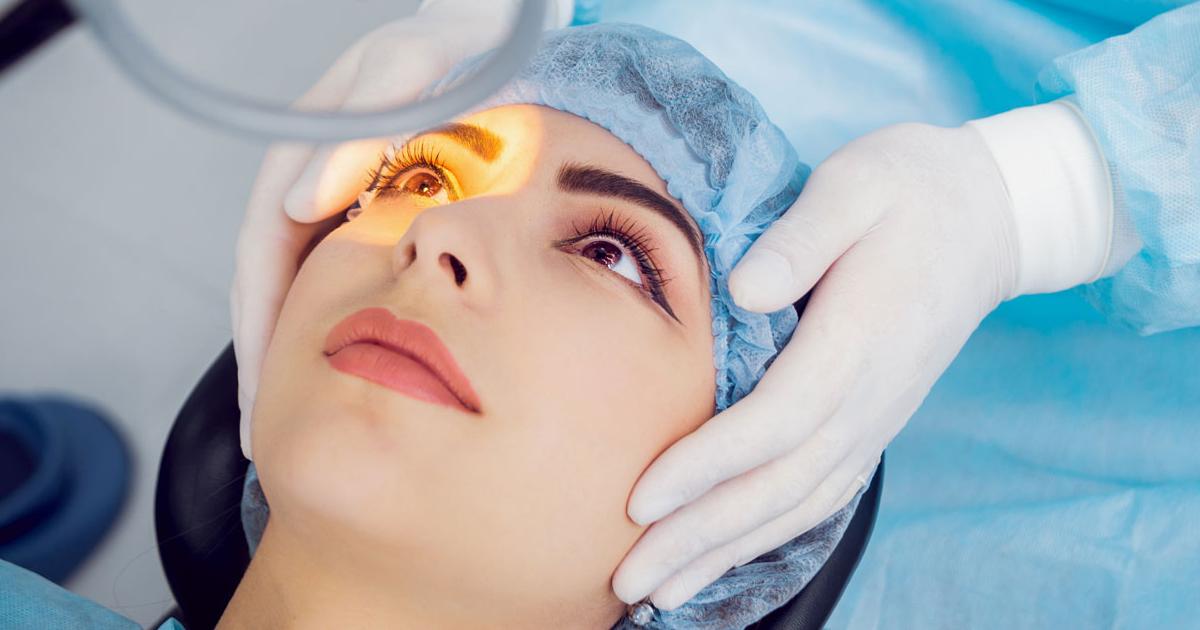Cataracts: The Causes And Symptoms
Previous Eye Surgery

Some medical procedures done to treat other eye diseases or conditions may carry the complication of causing a secondary cataract to develop. Procedures involving the use of laser energy or a penetrative incision into an individual's eye lens are known to cause a traumatic cataract in some cases. Any penetration of the lens can cause ocular tissue displacement that results in a disruption of the lens fibers. When these fibers are disrupted, the tissues in the lens can start to break down and clump together. This clumping causes the affected individual to have clouding in their lens, which then causes problems with vision.
Although a very small percentage of cataracts are a secondary result of previous eye surgery, there is still a small number of individuals who have this adverse complication. The procedures used to treat an individual's glaucoma or high pressure inside of the eye due to an inadequacy of fluid drainage are often known to cause the initiation of cataracts or worsen any existing cataracts. However, many individuals elect to take such a risk because the damage done to the eye by untreated glaucoma is irreversible, whereas cataracts can be removed.
Excessive Sunlight Exposure

Excessive sunlight exposure is known to cause age-related cataracts to develop faster in eyes exposed to excessive amounts of sunlight over time. The sun emits ultraviolet energy in the form of UVA, UVB, and UVC rays. The type of rays responsible for most cases of skin cancer and sunburns are UVB rays that reach the earth. There is a higher prevalence of cortical cataracts in individuals who have exposed their eyes to excessive amounts of UVB rays from the sun. Cortical cataracts are best described as white clumps of tissue that develop in the peripheral or outside of an individual's eye lens or the lens cortex.
The sunlight is known to cause water content changes in the fibers of the lens, which causes the formation of small openings or fissures in the lens. These fissures or clefts have the appearance of wheel spokes that radiate from the center to the outside edge of the lens. This type of cataract causes the patient to have difficulty with glares, depth perception, blurred vision, and contrast because the light that enters their eye scatters inappropriately. Using sunglasses certified to block out UVB rays can help prevent the development or worsening of cataracts.
